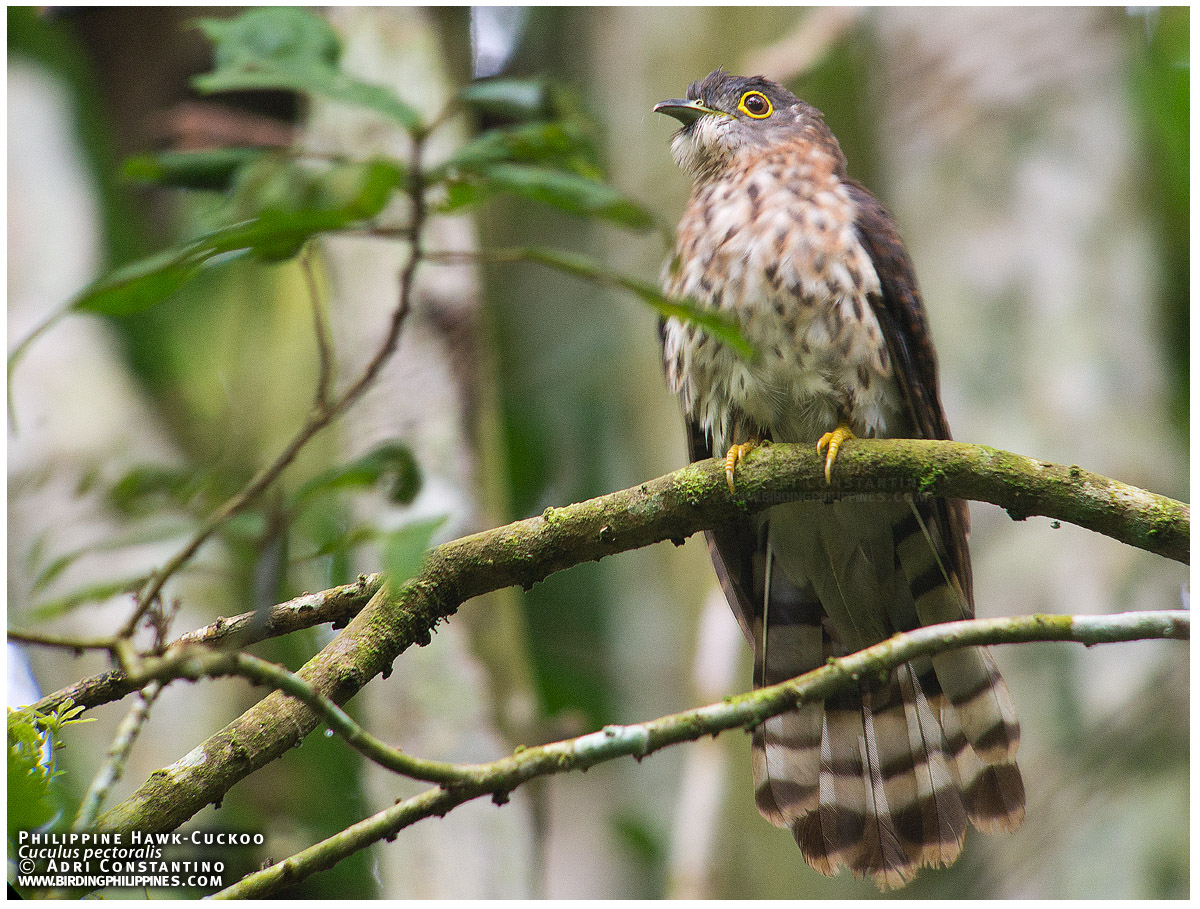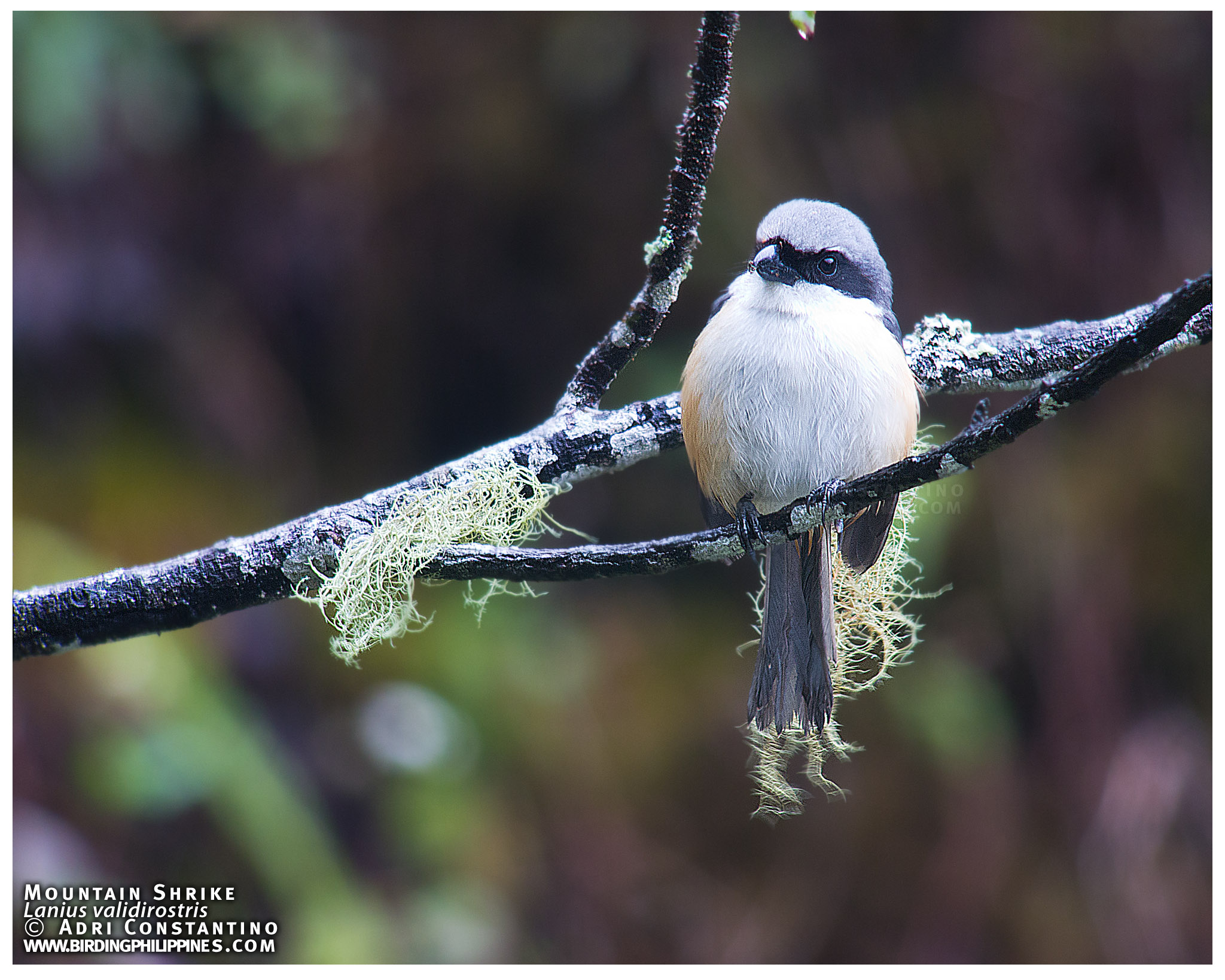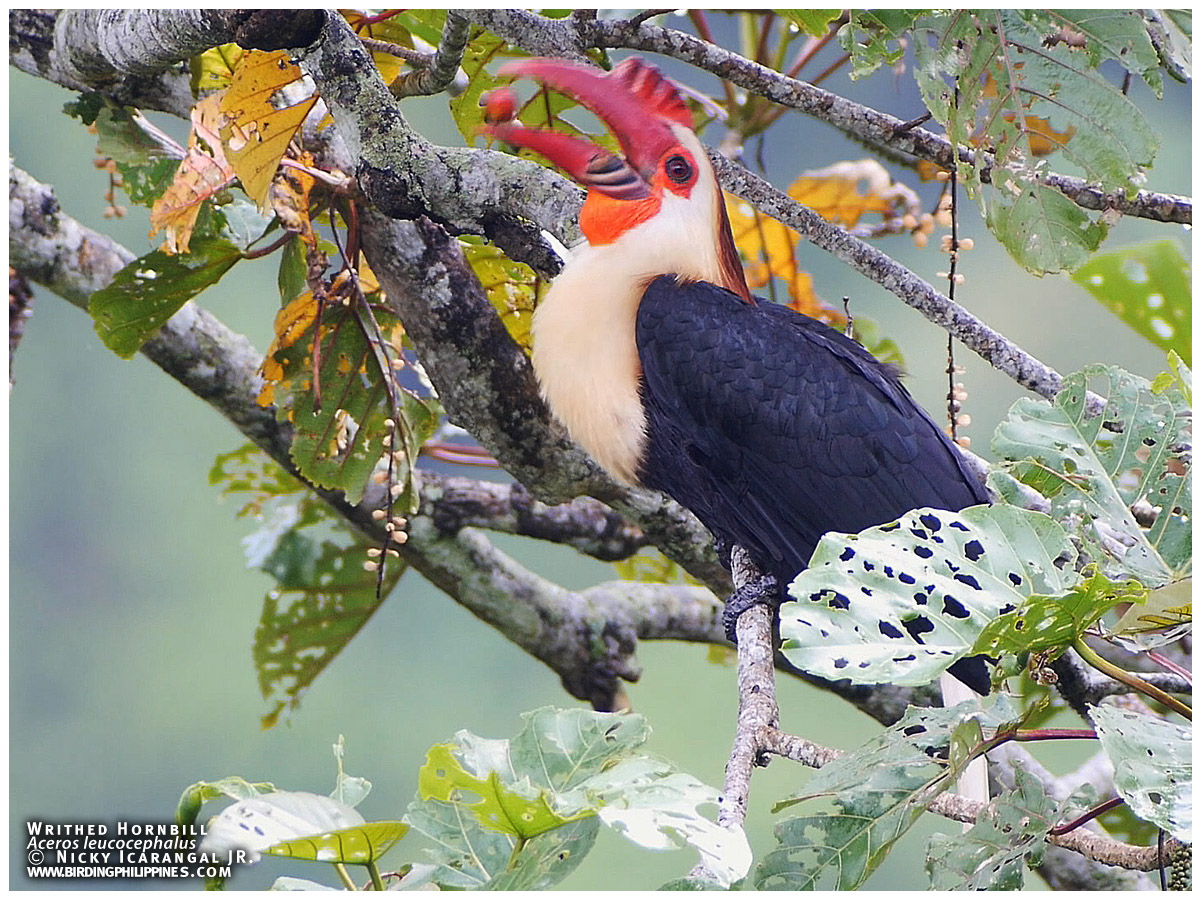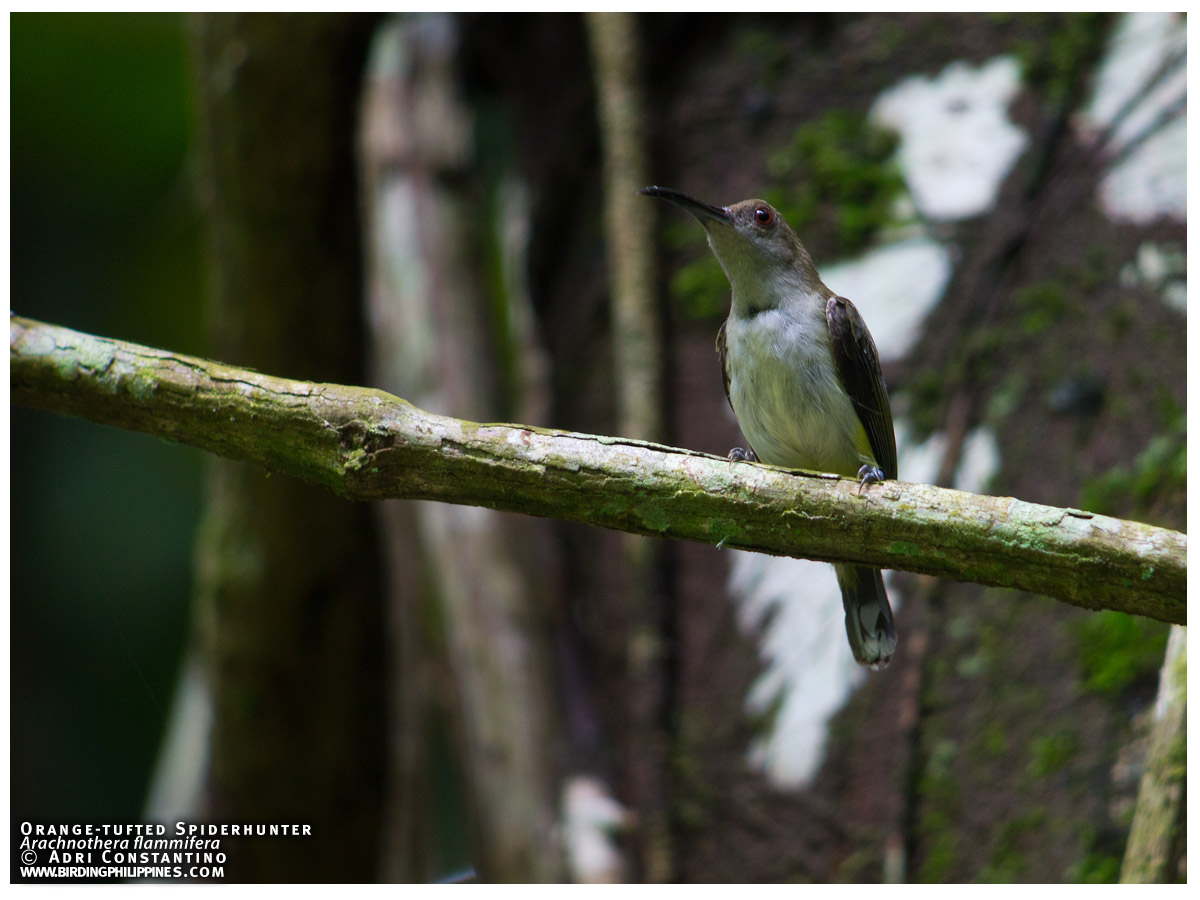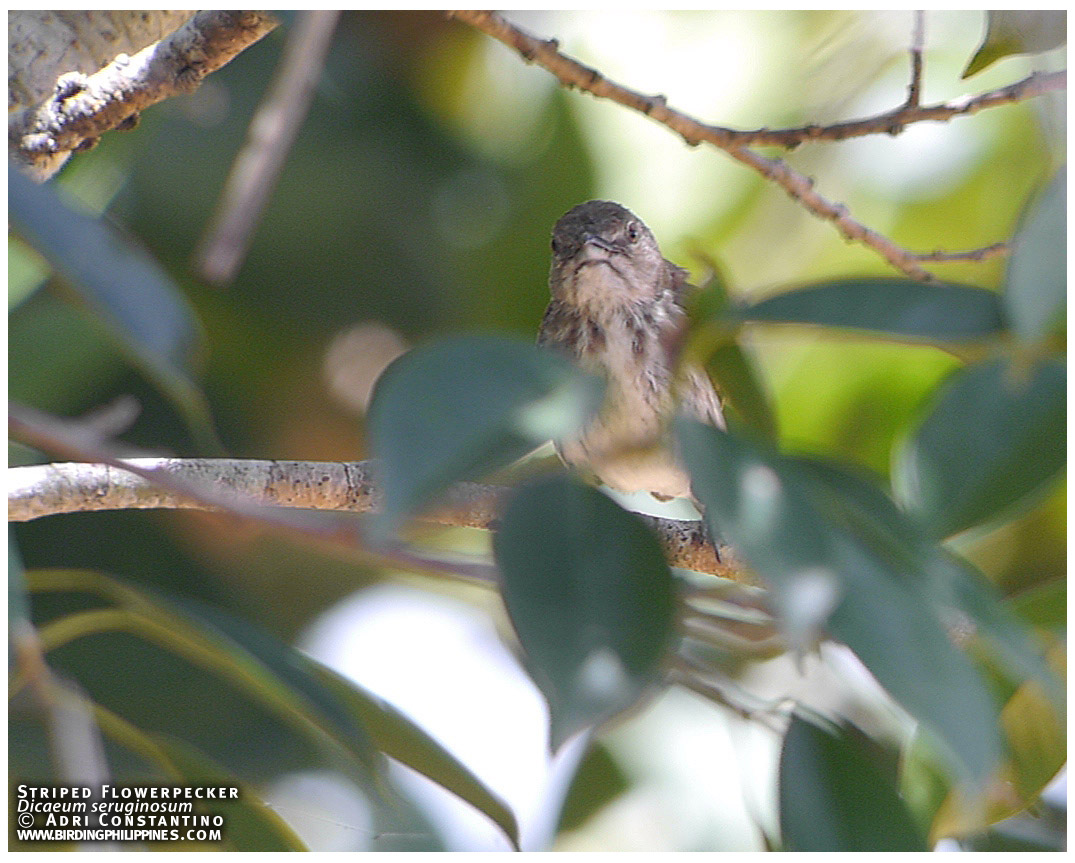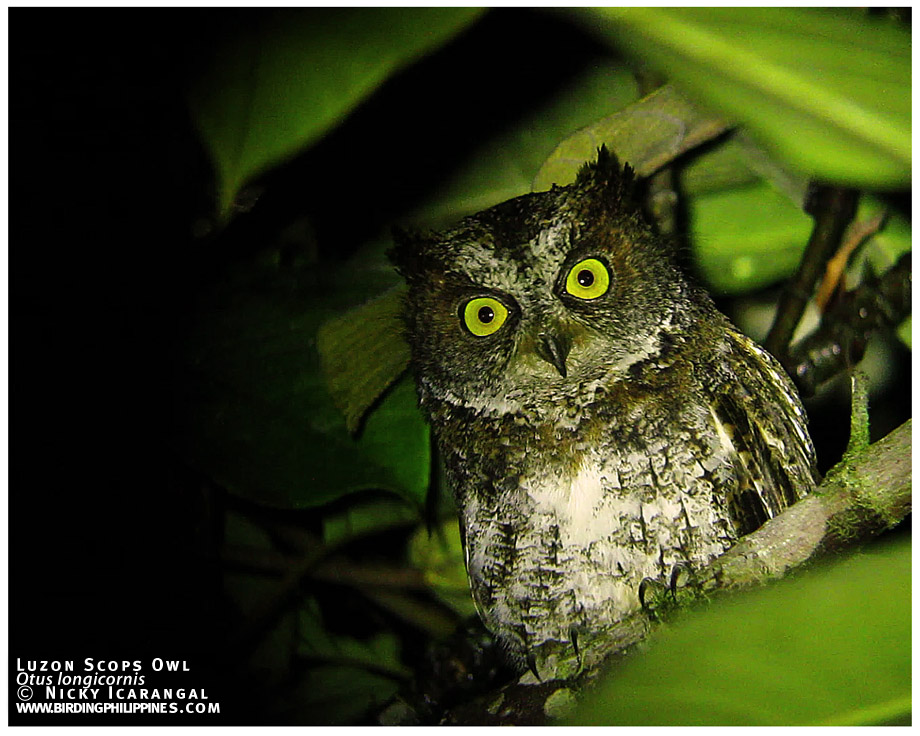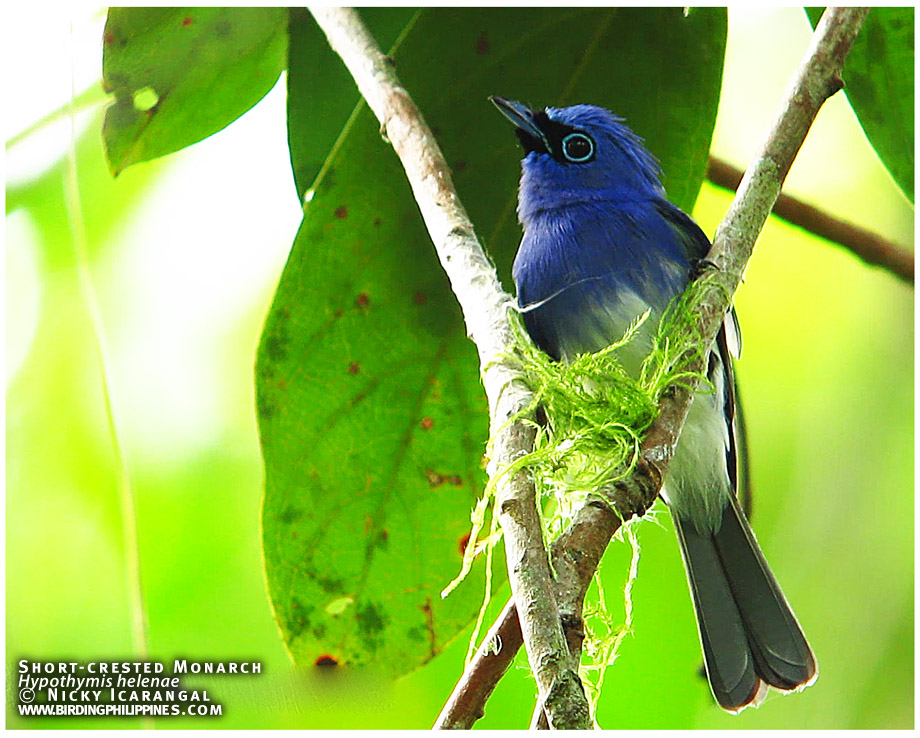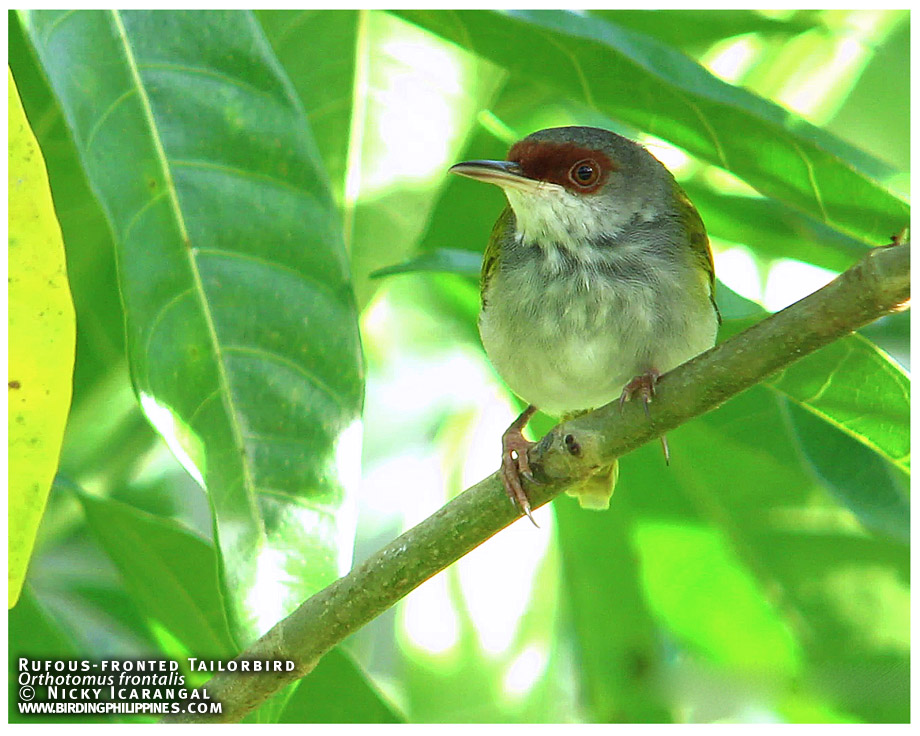Philippine Hawk-Cuckoo mobbed by a Black-naped Monarch
The Philippine Hawk-Cuckoo is a Philippine endemic ranging from the lowlands up to high elevations from the major islands of the Philippines. It was formerly lumped with the Hodgson's Hawk-Cuckoo but now regarded as as a separate species due to the difference in vocalizations.
The breeding biology of Philippine Hawk-Cuckoo is poorly studied but it is most likely a nest parasite. It is a medium-sized bird, almost 12 inches from beak to tail but here it is being mobbed by a smaller Black-naped Monarch. The monarch most likely is defending a nearby nest while the cuckoo is just having his breakfast!
Philippine Hawk-Cuckoo, Cuculus pectoralis
August 2013, Eden Nature Park, Toril, Davao, Mindanao, Philippines
Video by Adrian Constantino
Digiscoped with a Swarovski 80 ATM HD, Panasonic G3, Panasonic 20 mm F1.7 lens, Swarovski UCA (Universal Camera Adapter)

